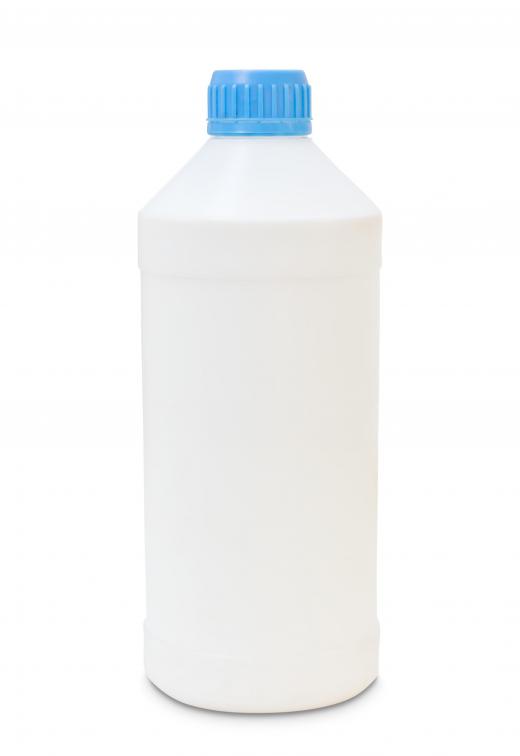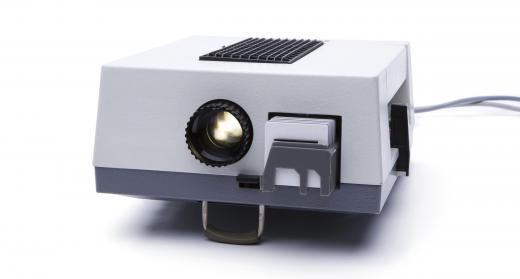What is a Cloud Chamber?
 Michael Anissimov
Michael Anissimov
The cloud chamber, also known as Wilson chamber or Wilson cloud chamber, is a device used by physicists to observe particle trails. It only works with ionizing radiation. Other devices that accomplish the same thing through different means are the bubble chamber, the wire chamber, and the spark chamber. One of the cloud chamber's greatest claims to fame is that it was used to discover the positron, the first observed form of antimatter.
The way the cloud chamber works is based on the principle of condensation nuclei. In a supersaturated water or alcohol vapor, even a tiny charged particle ionizes molecules in the medium as it moves through it, causing the water to condense around it and making observable moisture trails. A supersaturated solution means that the air is holding as much of the fluid (usually water or alcohol) as it possibly can. The air is pumped with vapor until it starts pooling on the bottom of the chamber, indicating that the medium is supersaturated. Small perturbations in the air cause the formation of liquid which then drops to the bottom.

The cloud chamber was originally invented by the Scottish physicist Charles Wilson. The process of discovery began when he began building artificial cloud chambers in an effort to replicate the optical phenomena of halos, which are little circular rainbows formed in mists filled with particles of a uniform diameter. Halos accompany the well known phenomena of the Brocken spectre, observed when the low-lying sun casts a long shadow in mist.

You can build your own cloud chamber with household materials for a cost of $50 or so. Essentially, you fill a clear chamber, like a fish tank, with isopropyl alcohol until it is supersaturated. Line the bottom of the chamber with dry ice, then cover the dry ice with metal and cardboard, in that order. Soak a piece of felt with the alcohol and put it underneath the lid of the chamber. Seal the chamber shut. Illuminate the cloud chamber with a slide projector, and before long you'll see your very own tracks - from natural cosmic rays. Many interesting particle tracks, of several different varieties, can be observed using this dirt-cheap cloud chamber. If you put a strong magnet at the bottom, you can even see the curvature of ionized particles towards it.
AS FEATURED ON:
AS FEATURED ON:












Discuss this Article
Post your comments